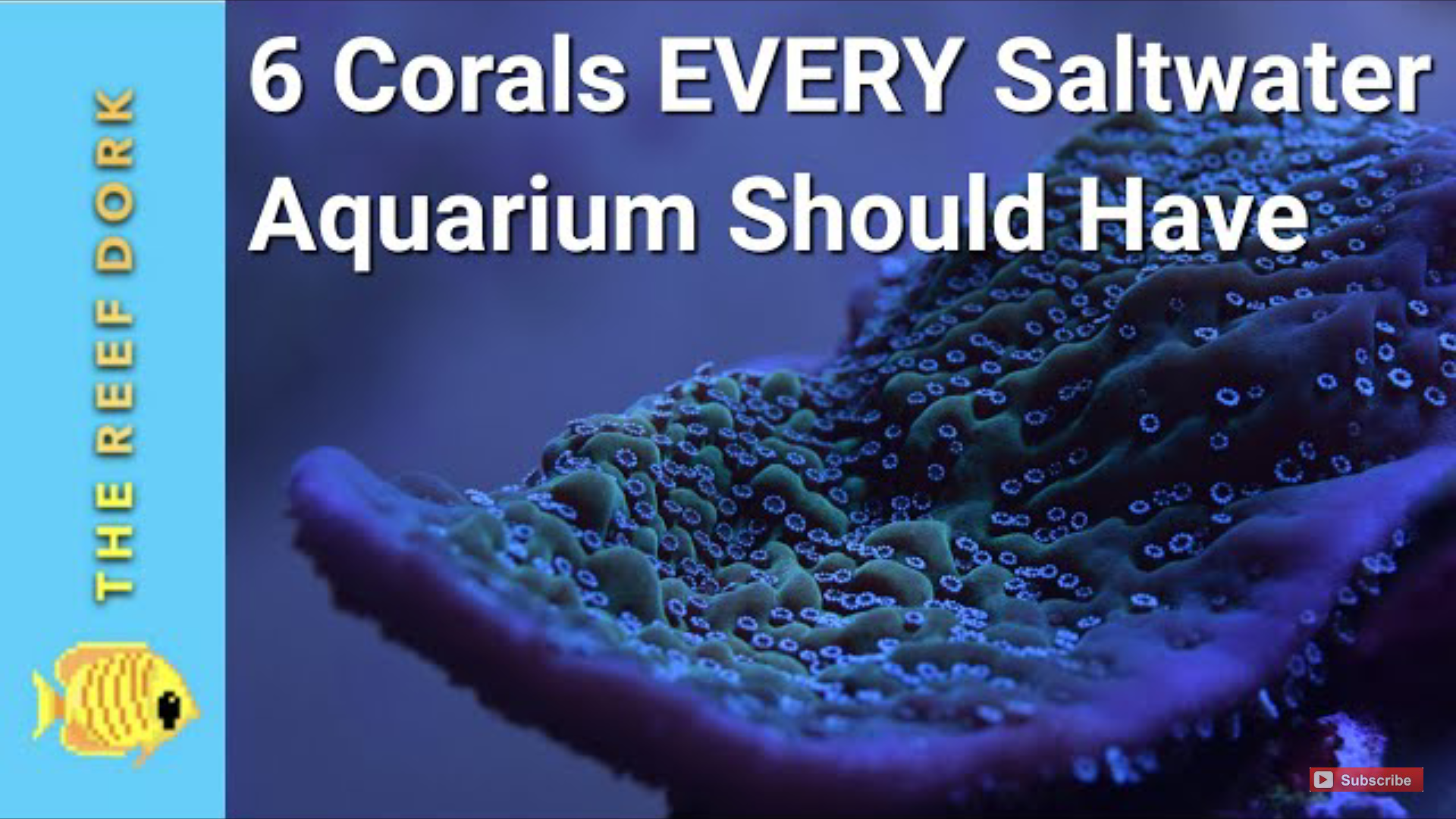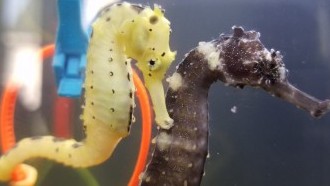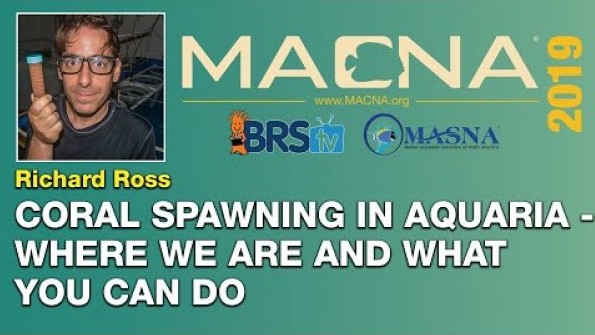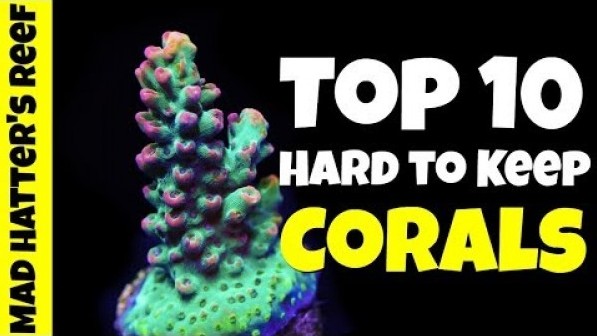- Name:
Blooming Rose
- Family: Acroporidae
- Species: Acropora
- Scientific Name: Acropora sp
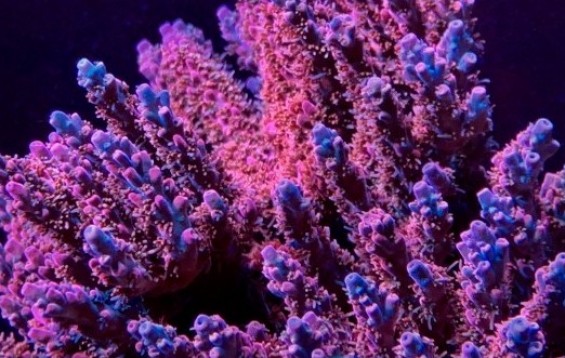

General info about Blooming Rose
In general, species from Acropora may grow either as a plate, slender or broad branching type of reef building corals. Each branch has several colonies that is composed of several corallites. When undisturb, their polyps will extend. But it will retract and hide inside the pores as a response to water movement or threat by nearby predators. They are common in shallow reefs with good visibility and strong water movement. They are noted as a refuge for small fish.
For the Blooming Rose, they are predominatly colored red with light violet tips. This are the water parameters for cultivating Blooming Rose:
- Calcium: 400 - 450 ppm
- Alkalinity: 3.2 - 4.5 MEQ/L
- Phosphates: 0
- Magnesium: 1350 - 1500
- Strontium: 10
- Temperature: 72° - 78° F (22° - 26° C)
- Salinity / Specific Gravity: 1.024 - 1.025
Blooming Rose Diet & Nutrition
Feeding the Blooming Rose in captivity with nano-zooplankton once a week is recommended. Do not feed them with copepods, artemia and other nauplii as they too large for them to ingest. The addition of dissolved organics is also recommended.
Fragging / Propagating Blooming Rose
A mature tank is highly recommended in propagating Blooming Rose. They require stable tank condition and that a sudden change could lead to stress and death. They are highly sensitive to temperature, sedimentation, chemical and environmental change.
Flow / Lighting Requirements for Blooming Rose
Blooming Rose require moderate to intense lighting and strong water flow. They are known to stress out in low light environment and slow water flow.
Blooming Rose Origin
Being both a tropical and subtropical species, Blooming Rose are found in the entire Indo-Pacific region particularly in Fiji, Sulu Sea, Madagascar, Phoenx Island, Marshall Islands and Australia.
Caution Should be Taken with Blooming Rose
You have to watch out for crabs. Except for the commensal crabs, most decapods and other crustaceans do not do well with Blooming Rose. Avoid moving them from place to place as this can cause stress and death.
Blooming Rose do not have stinging tentacles. But they have digestive strands like Acontia and Terpins that could be released if they are set to nearby corals. They are specifically aggressive to zoanthids and soft leather corals.
How to Acclimate Blooming Rose
Blooming Rose should be carefully acclimated. They should be placed in their permanent position immediately after acclimation. It takes 6 months for them to regain normal growth. They are purely marine, therefore, salinity must be maintained thoroughly at 1.023 to 1.025 specific gravity.
Original Detail
| Name | Species | Family | Scientific Name | More Detail | Added by |
|---|---|---|---|---|---|
| Blooming Rose | Acropora | Acroporidae | Acropora sp | In general, species from Acropora may grow either as a plate, slender or broad branching type of reef building corals. Each branch has several colonies that is composed of several corallites. When undisturb, their polyps will extend. But it will retract and hide inside the pores as a response to water movement or threat by nearby predators. They are common in shallow reefs with good visibility and strong water movement. They are noted as a refuge for small fish. For the Blooming Rose, they are predominatly colored red with light violet tips. This are the water parameters for cultivating Blooming Rose:
|
PalaciosAn |
Changed by users
| Submitted Date | Submitted By | Status | Action |
|---|


